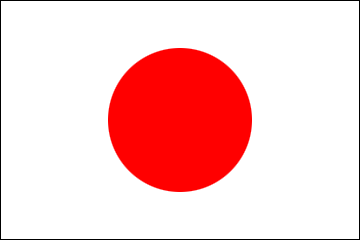Eating Seasonally with Chef Owada: Touji "Winter Solstice" (Dec 22)
2023/12/21
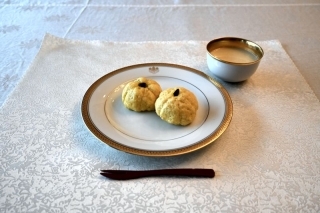 Steamed Pumpkin Buns with Japanese-style Eggnog
Steamed Pumpkin Buns with Japanese-style Eggnog
Ingredients & Method (10 buns)
| Amount | Ingredients |
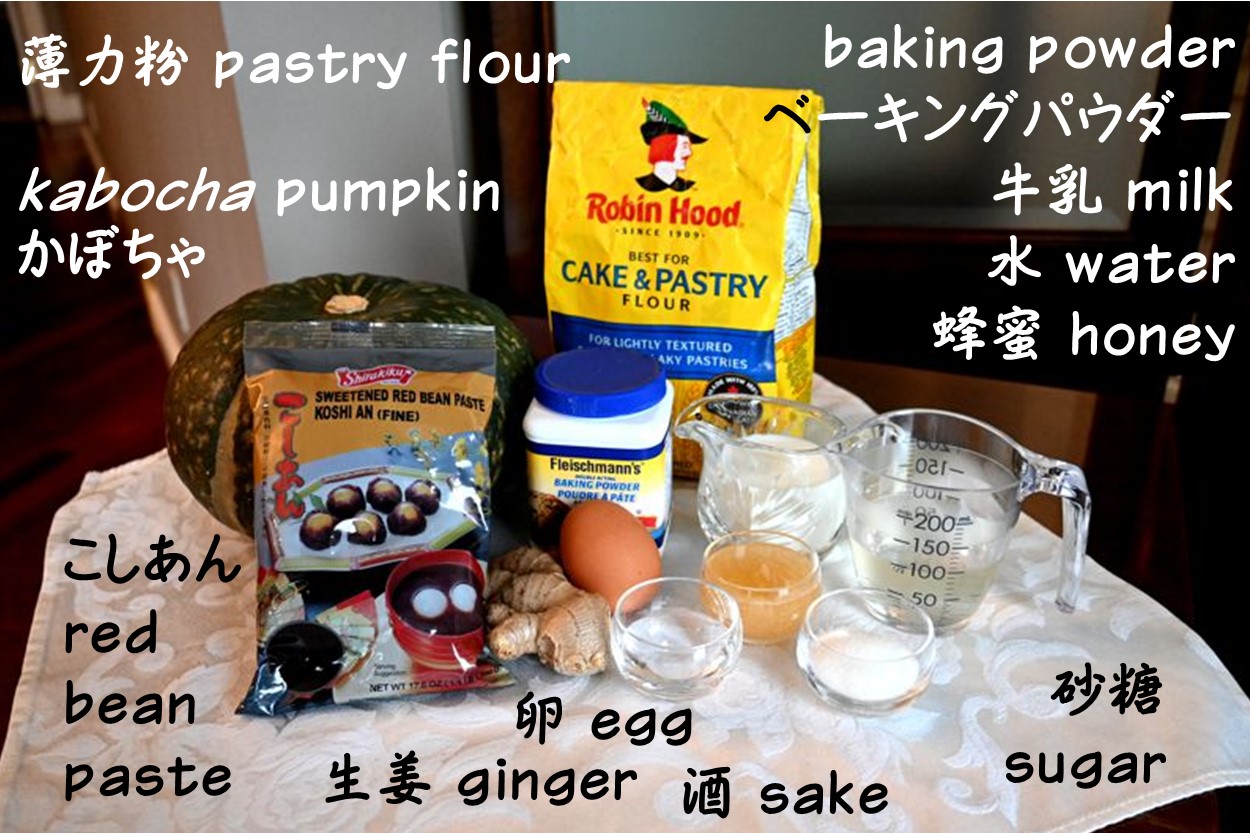 |
|---|---|---|
| (pumpkin dough) | ||
| ½ cup | steamed and mashed pumpkin | |
| ¾ cup + 1 tbsp. | pastry flour | |
| 1 tsp. | baking powder | |
| ⅓ cup | sugar | |
| 1 tsp. to 2 tbsp. | water (depending on consistency of mashed pumpkin) |
|
| (filling) | ||
| ¼ cup | sweetened red bean paste | |
| ⅓ cup | steamed and mashed pumpkin | |
| (eggnog) | ||
| 1 | egg | |
| 2 tbsp. | honey | |
| ⅓ cup | sake | |
| ⅓ cup | milk | |
| 1 tsp. | grated ginger | |
(for the steamed pumpkin buns)
- Combine ingredients for filling, and portion into 10 balls.
- Combine all dough ingredients (except water.) Add only enough water to make the dough come together. Portion into 10 equal balls, while dusting hands with extra flour to prevent sticking.
- Flatten the dough into a curcle in the palm of your hand, and place a ball of filling in the centre. Wrap the dough around the filling, and place on a piece of parchment paper. (If you like, scoring pumpkin lines into the dough is cute. This time, I tried putting a little pumpkin skin on the outside to make a stem.)
- Steam the buns over boiling water for 10 minutes, and they're done!
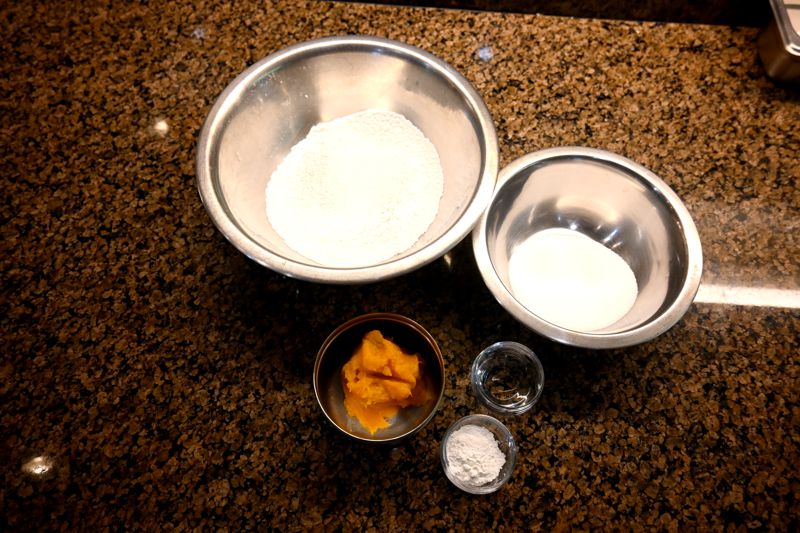 |
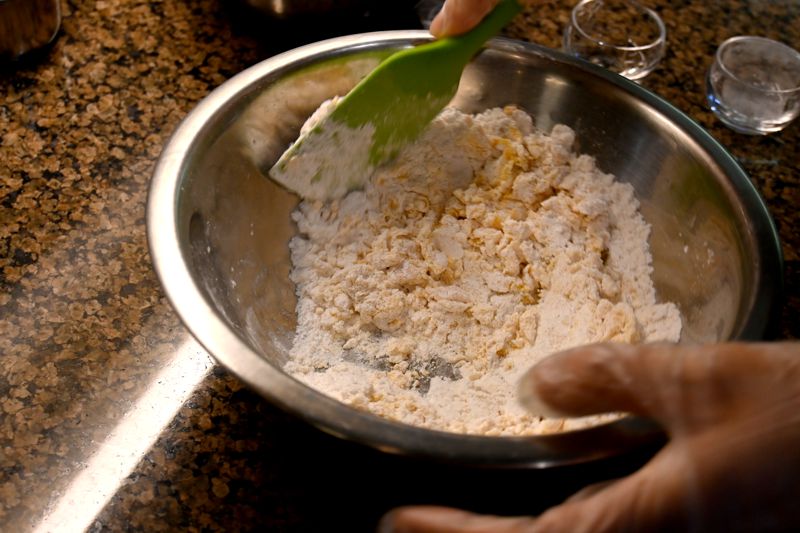 |
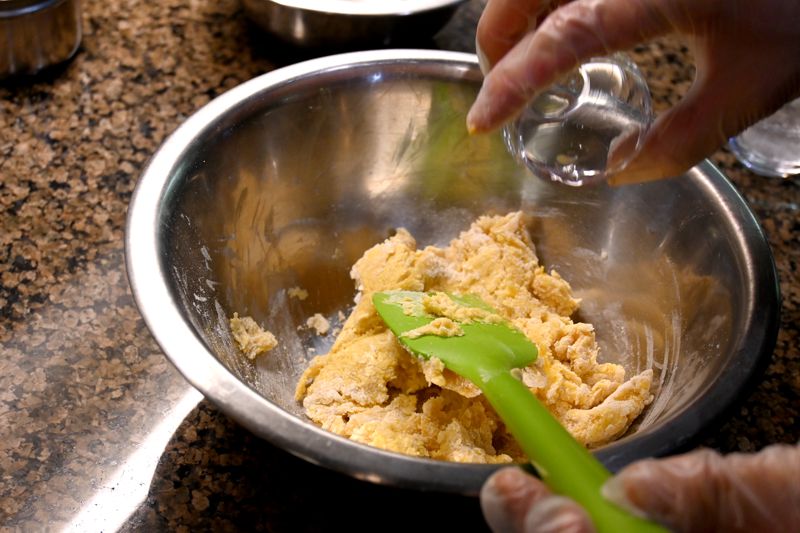 |
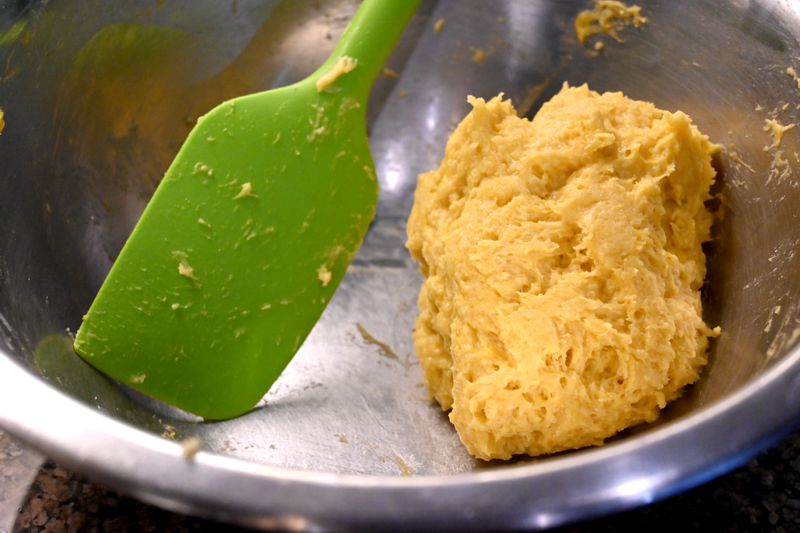 |
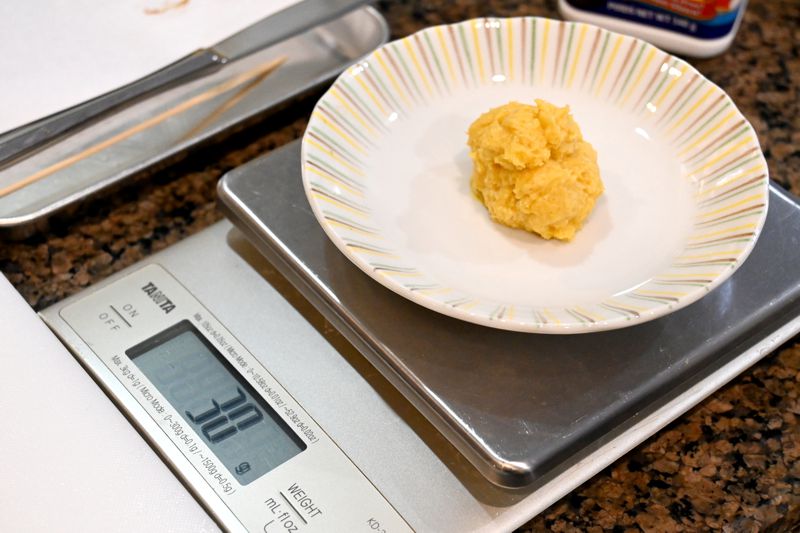 |
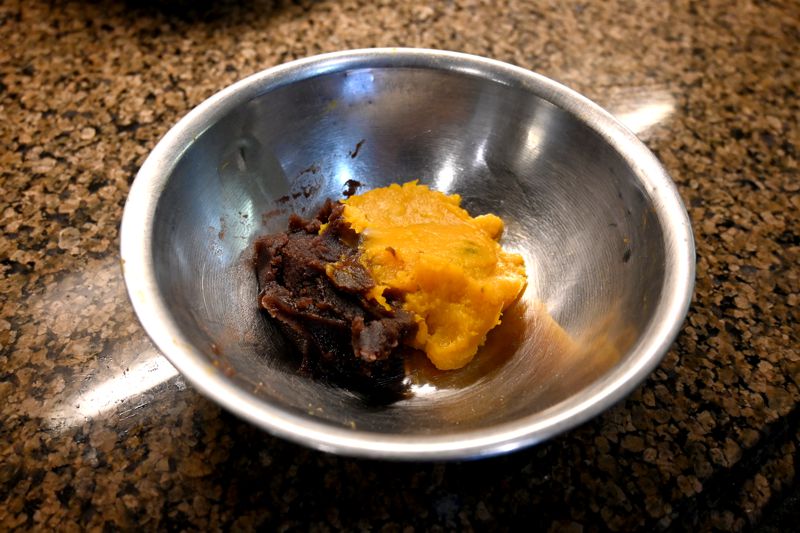 |
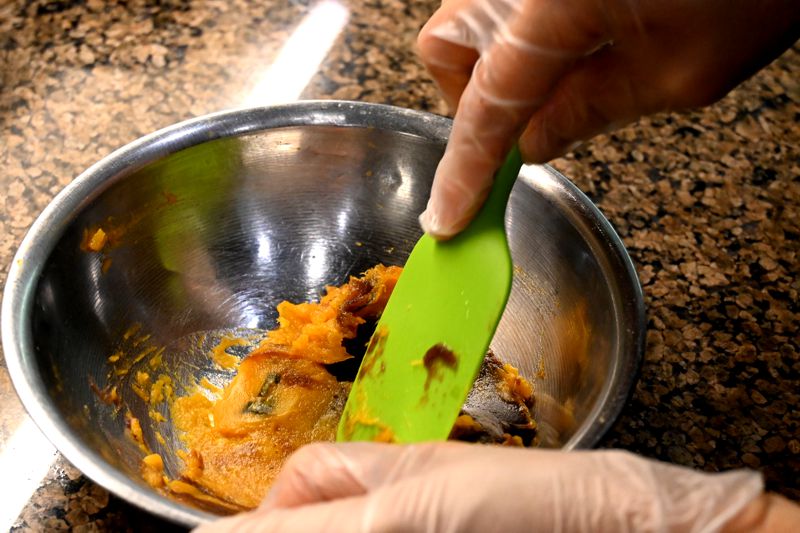 |
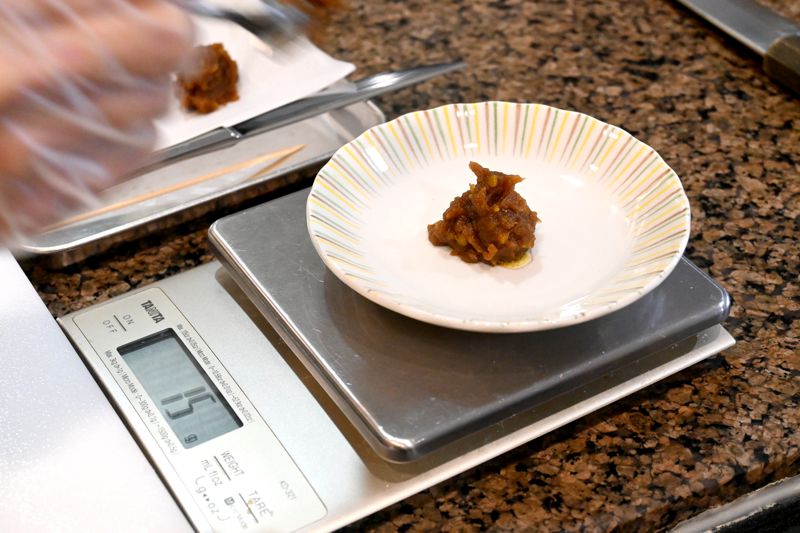 |
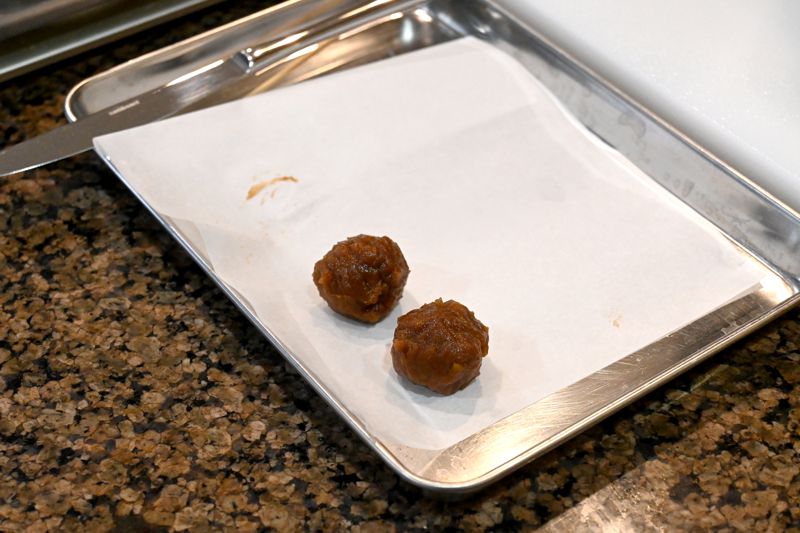 |
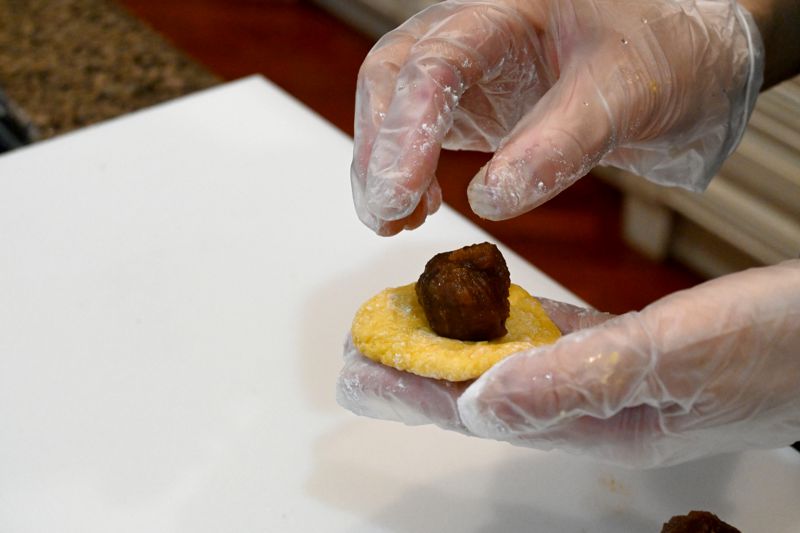 |
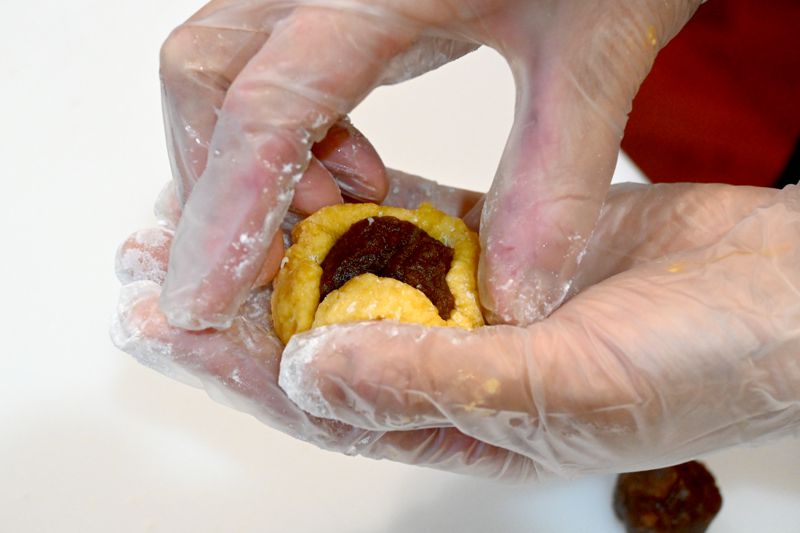 |
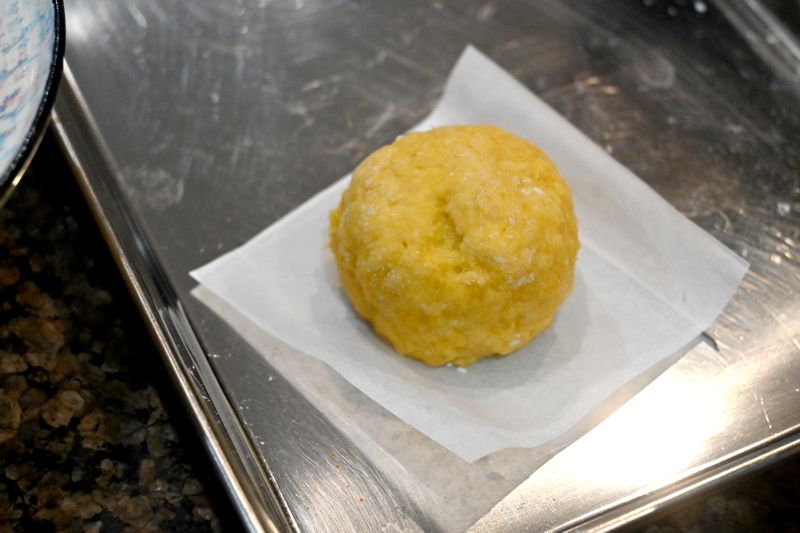 |
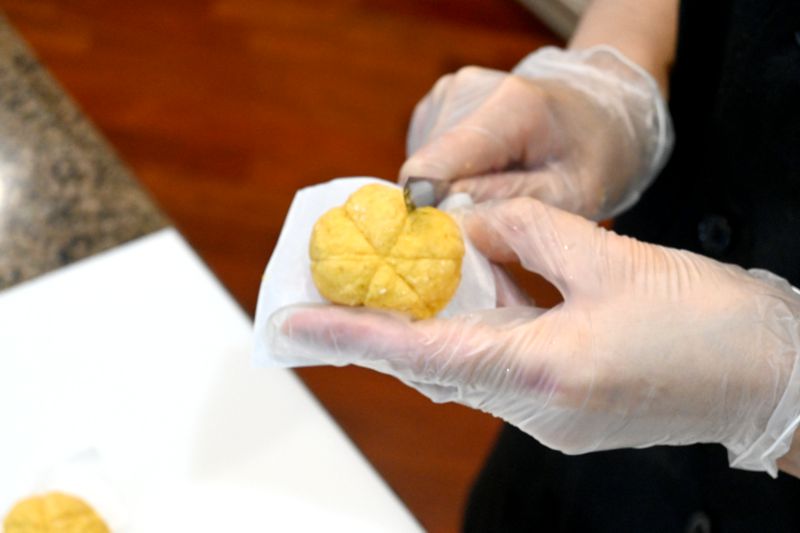 |
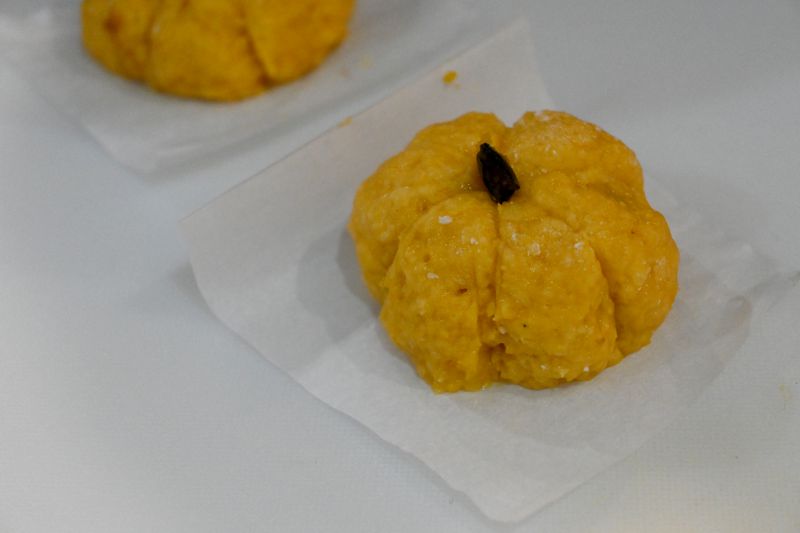 |
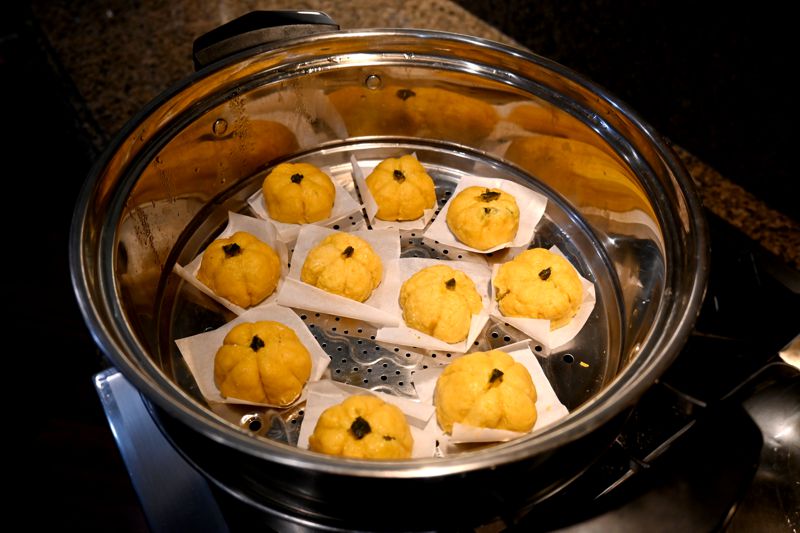 |
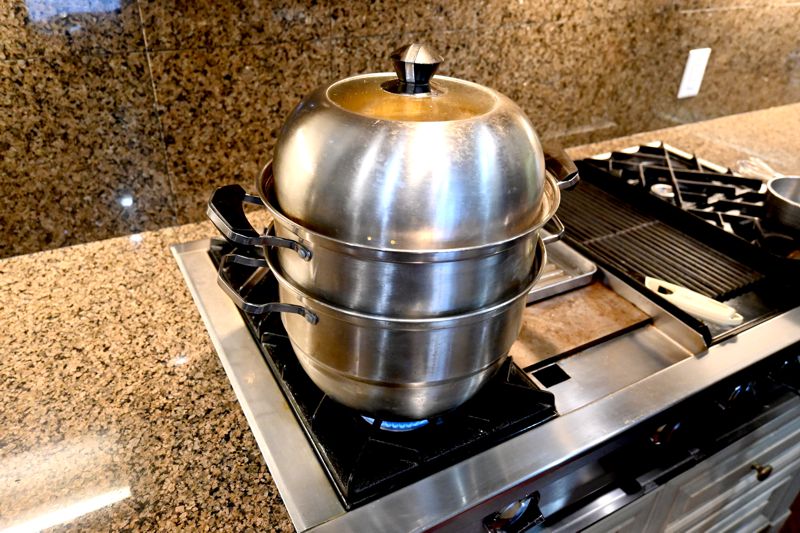 |
 |
(for the eggnog)
- Combine the beaten egg with honey and place in a pot. Add the sake and milk, and warm on low heat. (Try not to overheat, as the egg will begin to curdle at around 60°C.
- Remove from heat and garnish with the grated ginger. It's complete!
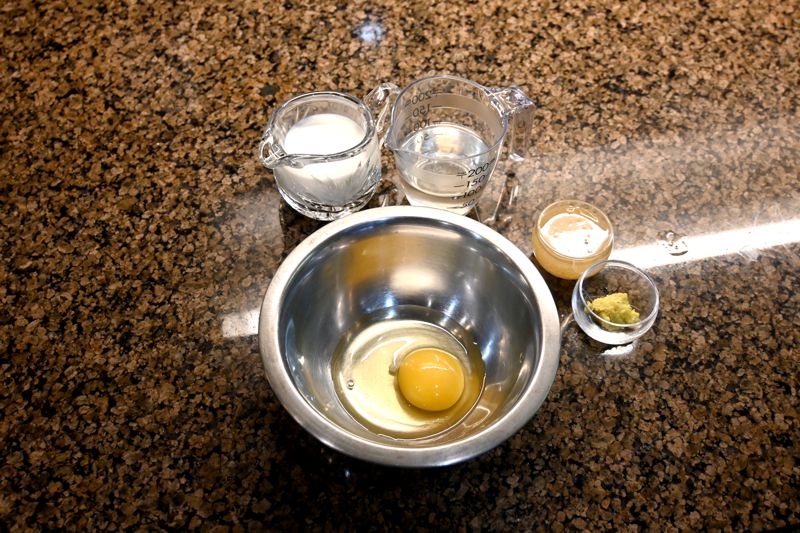 |
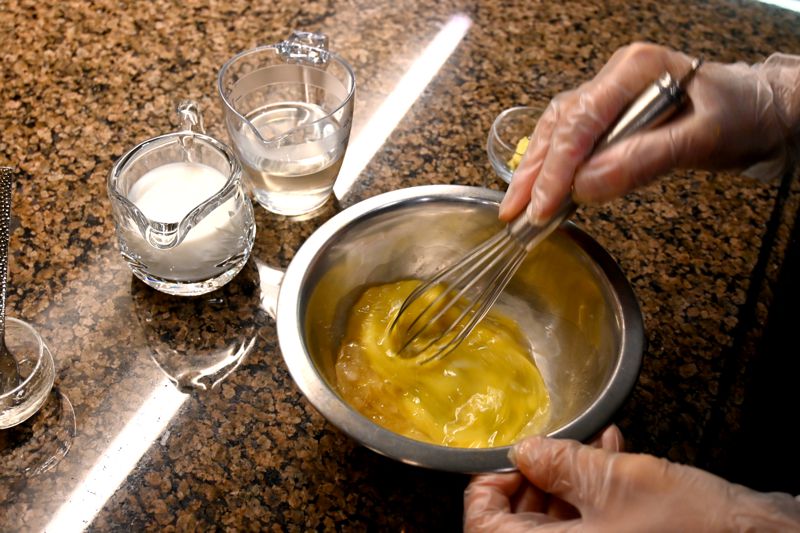 |
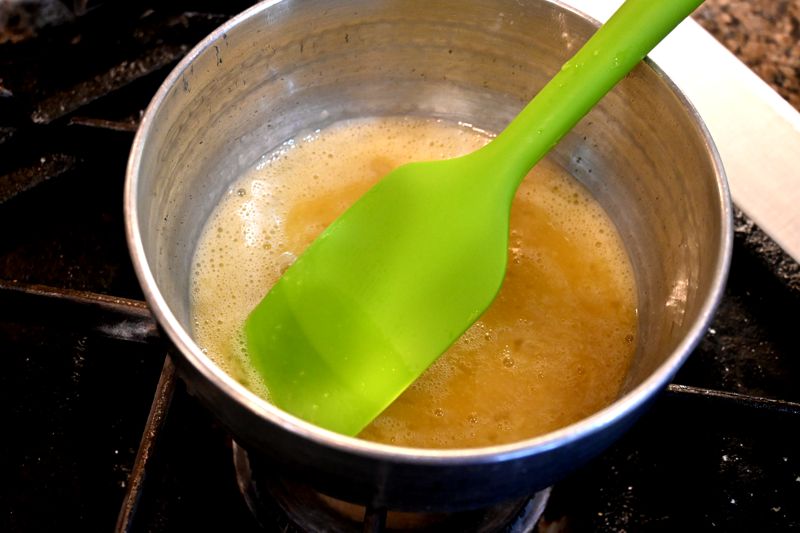 |
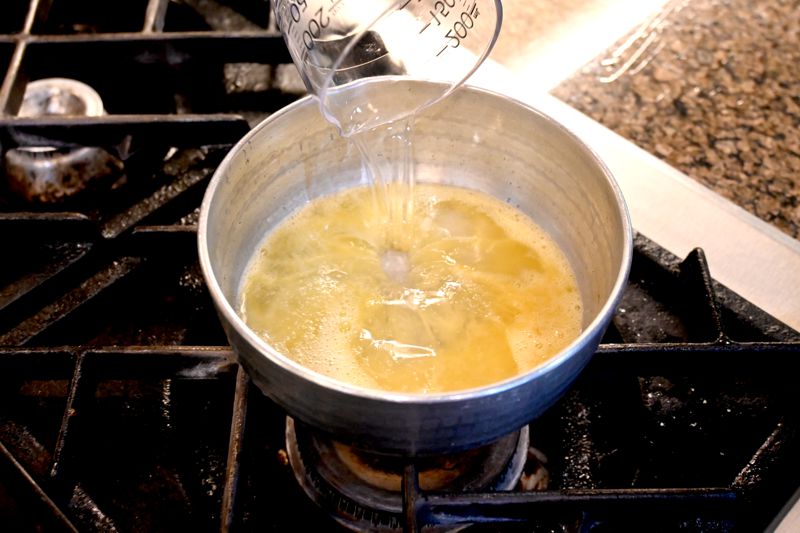 |
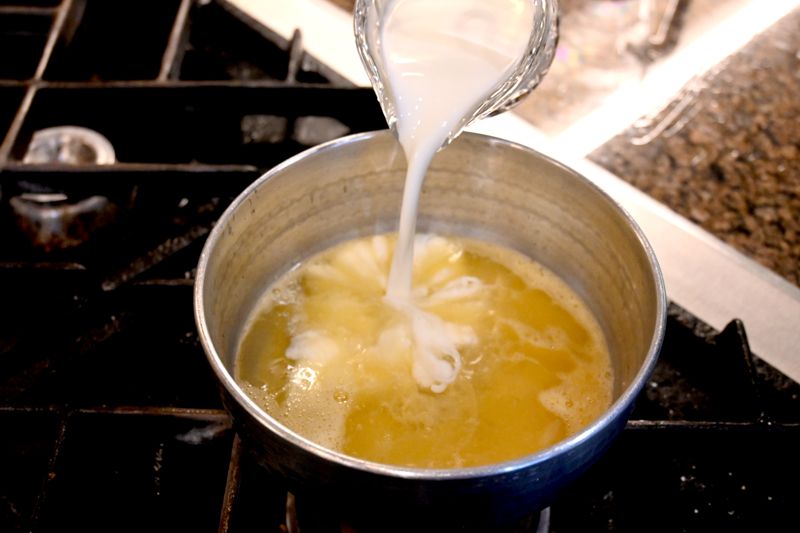 |
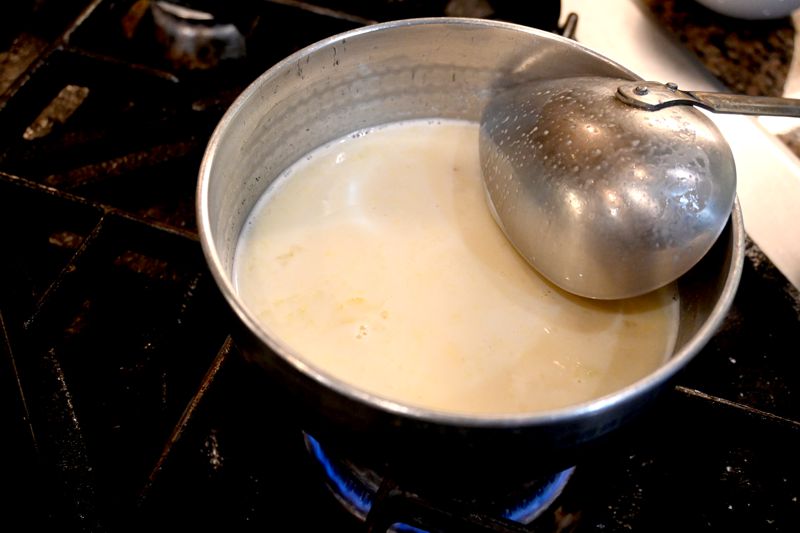 |
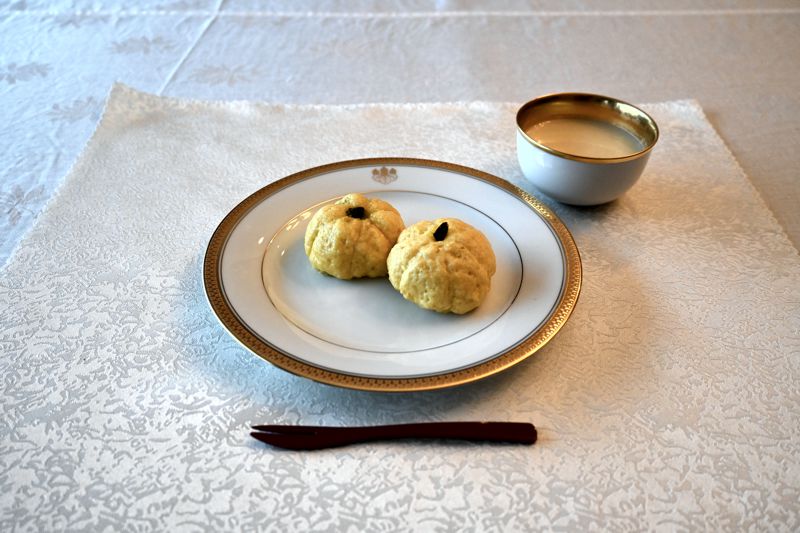
Complete!!
Tips from Chef Owada!
- It is common to eat rice steamed with pumpkin and red beans around the winter solstice, so I wanted to combine the two elements to make steamed buns, which remind me of my childhood. I remember well the ones my grandmother used to make for me. After a few days, the remaining buns would get hard, so she would deep-dry them in oil. It's really delicious, so give it a try if you like.
- It is said that eating pumpkin around the winter solstice stems from the Edo Period (1603–1868.) Japanese kabocha pumpkins are in season from October to November, but they keep for around two months if you do not cut into them, and they become even sweeter once cooked!
As they can be eaten outisde of their season, they were an important source of nutrients to withstand the winter, during a time without refrigeration. - This edition's drink pairing is Japanese eggnog—perfect for a cold winter. This type of eggnog is mentioned in the cookbook ryouri monogatari "A Tale of Cooking," from the Edo Period. Actually, I only just recently learned about Canadian eggnong! Eggnog here tends to be nice and spicy with cardamom and cinnamon, which was my inspiration for adding ginger to this recipe. If you feel like you're starting to get a cold, try warming yourself up with this recipe!!
Sake Pairing: Japanese Eggnong
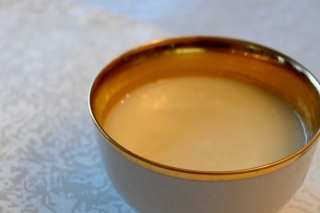 Japanese eggnog with Ginger
Japanese eggnog with Ginger
The warm aroma of Japanese sake and the mellow flavor of eggs.
Enjoy the symphony of flavor when combined with the rich and sweet pumpkin manju.
The freshly-steamed buns and sake will be sure to warm you to the core.
*I recommend using a less expensive junmai sake for this recipe.
Enjoy the symphony of flavor when combined with the rich and sweet pumpkin manju.
The freshly-steamed buns and sake will be sure to warm you to the core.
*I recommend using a less expensive junmai sake for this recipe.
